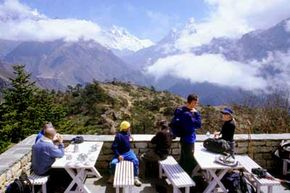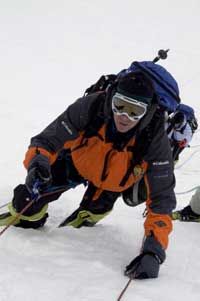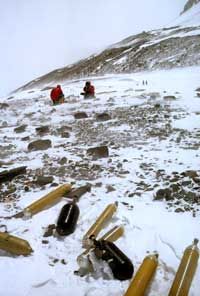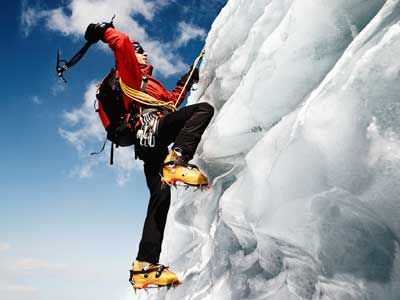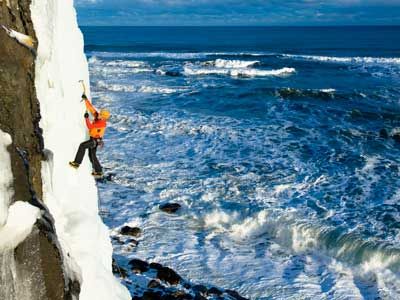Since Nepal ranks among the poorest countries in the world, tourism is a vital economic lifeline. Comprising about 4 percent of the country's gross national product, the industry pulls in around half a billion dollars annually [source: CIA World Factbook]. Although the country has a rich culture and religious tradition, the best-paying and longest-staying tourists travel there for the rock star of the Himalayan mountains -- Mount Everest.
Although only slightly larger than the state of Arkansas [source: CIA World Factbook], the Himalayas that curve across the length of Nepal are home to eight of the 14 tallest mountains on the globe. The government takes advantage of this fact because when it comes to Everest -- or Sagarmatha in the native tongue -- people are willing to shell out serious dough.
Advertisement
What do these dollars mean for Nepal? Steady income. Mount Everest climbers have been a dependable money source, travelling to the country despite the decade-long Maoist uprising of mostly rural farmers who followed an Asian strand of Marxism, which came to a cease-fire in 2007. In climbing season alone from March to May, the population of the Khumbu region at the base of Mount Everest soars from around 40,000 to 700,000 [source: McDougall].
But thousands of those seasonal residents are Nepalese workers from other areas who migrate in for tourism-related employment. In fact, locals have decried recent calls for Mount Everest to be restricted due to environmental damage because so many rely on tourism to provide a majority of their annual income. For example, sherpas, or mountain guides, in particular can make upwards of $2,000 per expedition, far exceeding the average Nepalese annual income.
Just how much are people paying for a glimpse or a hike up Mount Everest? Go to the next page for glimpse at the cost to visit the roof of the world.
Advertisement
